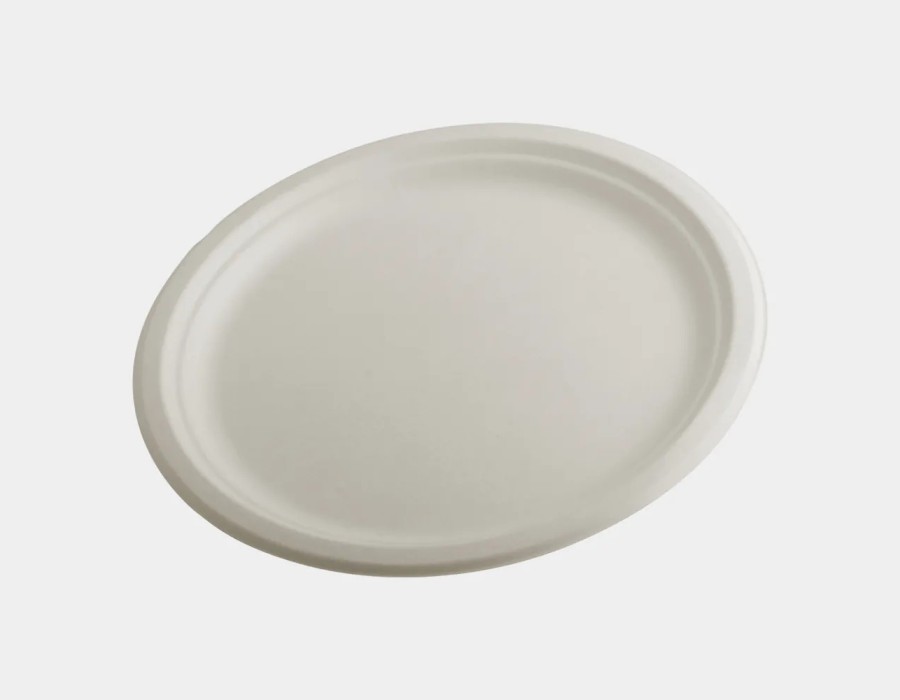As sustainability takes center stage, biodegradable plates have emerged as an eco-friendly alternative to plastic. But have you ever wondered how they are made? This article explores the process, from raw materials to the finished product.
Sourcing Sustainable Raw Materials
Biodegradable plates are crafted from natural, renewable resources such as sugarcane bagasse, bamboo, palm leaves, and wheat straw. These materials are chosen for their ability to break down naturally without leaving toxic residues.
Pulping and Molding
Once collected, the raw materials undergo a pulping process, where they are soaked, ground, and blended into a slurry. This pulp is then poured into molds and pressed under high heat and pressure, shaping the plates while removing excess moisture.
Drying and Strengthening
After molding, the plates go through a drying process to remove any remaining moisture, ensuring durability. Some manufacturers reinforce the plates with natural binders to improve heat and moisture resistance without compromising biodegradability.
Cutting and Finishing Touches
The dried plates are then trimmed, polished, and quality-checked to meet size and strength standards. Some plates may receive a natural coating to enhance oil and water resistance, making them suitable for a variety of foods.
Packaging and Distribution
Finally, the biodegradable plates are packaged in eco-friendly materials and shipped to retailers, businesses, and consumers. Since they are made without harmful chemicals, they can safely break down in composting environments after use.
Conclusion
The production of biodegradable plates is an innovative process that transforms natural materials into sustainable dining solutions. By choosing biodegradable plates, consumers and businesses contribute to a cleaner planet, reducing plastic waste and promoting a circular economy.





Comments